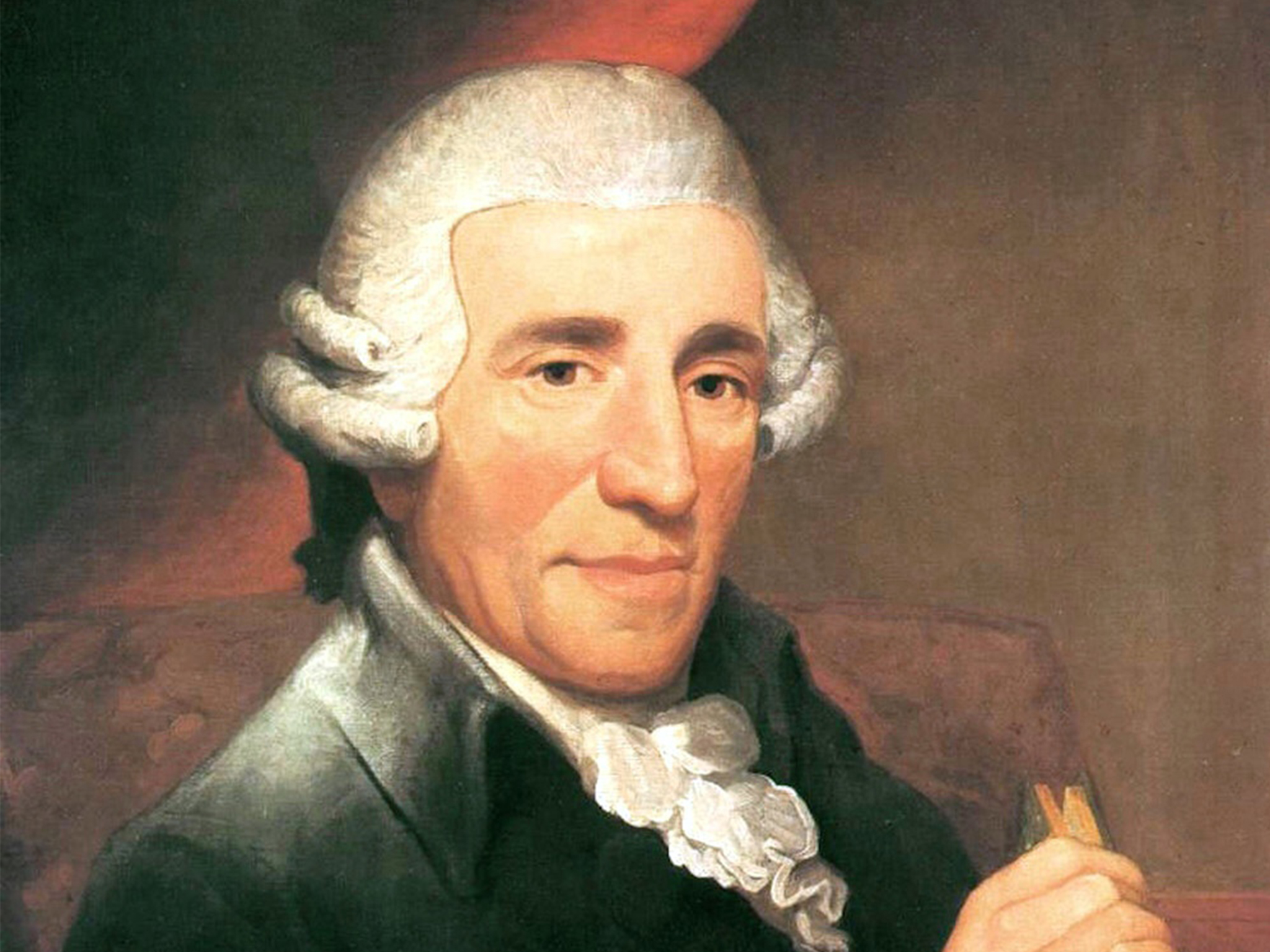Joseph Haydn’s Symphony No. 104 in D major, popularly known as the “London” Symphony, stands as a crowning achievement in the symphonic repertoire and a brilliant culmination of the composer’s extensive output in the genre. As his final symphony, it not only showcases Haydn’s mastery of form and orchestration but also reflects a fascinating period in his life marked by international acclaim and artistic freedom.
A Journey to London
In the late 18th century, Haydn had already made a name for himself as one of Europe’s most celebrated composers, particularly through his long tenure at the Esterházy court in Austria. However, in 1791, following the death of his patron Prince Nikolaus Esterházy, Haydn was invited to London by the impresario Johann Peter Salomon. This was a major turning point in his career.
Salomon’s offer was generous—he would organize concerts featuring new works by Haydn and pay him handsomely. The English public, eager for continental musical sophistication, welcomed Haydn with enthusiasm. During his first stay in London (1791–1792), Haydn composed six symphonies (Nos. 93–98), which were met with tremendous success.
Encouraged by this reception, Haydn returned to London in 1794 for a second visit. It was during this time that he composed his final set of symphonies (Nos. 99–104), with Symphony No. 104 being the last and arguably the most celebrated of them all.
The Premiere
Symphony No. 104 premiered on May 4, 1795, at London’s King’s Theatre. Haydn himself conducted the performance, and the concert was a benefit evening for the composer—meaning he would receive the proceeds from ticket sales. The symphony was an immediate triumph, and Haydn later wrote in his diary that the event had brought him a considerable sum and that he was “quite satisfied.”
Structure and Style
The “London” Symphony is a brilliant example of the Classical style at its height, blending formal clarity with expressive inventiveness. It follows the traditional four-movement structure:
- Adagio – Allegro
The symphony begins with a dramatic slow introduction, featuring bold unison statements from the orchestra. The transition into the Allegro is seamless, launching a vibrant and energetic movement full of rhythmic drive and melodic interplay. - Andante
The second movement is lyrical and elegant, with subtle shifts in harmony and texture that showcase Haydn’s mature craftsmanship. The interplay between strings and winds adds a graceful charm. - Menuetto: Allegro
This movement is a robust and stately dance, but with Haydn’s characteristic wit and syncopation. The Trio section offers a lighter contrast before returning to the main theme. - Finale: Spiritoso
The final movement is a joyous, folk-inspired romp that draws on rustic dance rhythms and catchy themes. Its infectious spirit and brilliant orchestration make it one of Haydn’s most memorable symphonic finales.
A Lasting Legacy
Haydn’s Symphony No. 104 represents the zenith of his symphonic writing. While he would go on to compose more chamber music and oratorios, this symphony marked the end of a prolific and influential symphonic career.
The nickname “London” not only references the city of its premiere but also symbolizes Haydn’s deep connection with the English audience and the peak of his international fame. The work remains a staple in orchestral programs around the world, admired for its vitality, sophistication, and the sense of joy that permeates every movement.
In many ways, Symphony No. 104 serves as a grand farewell to the symphonic form by the very man who helped shape and define it. For listeners and scholars alike, it is a masterpiece that continues to resonate with the same energy and elegance it displayed on its very first night in London.


Comments are closed